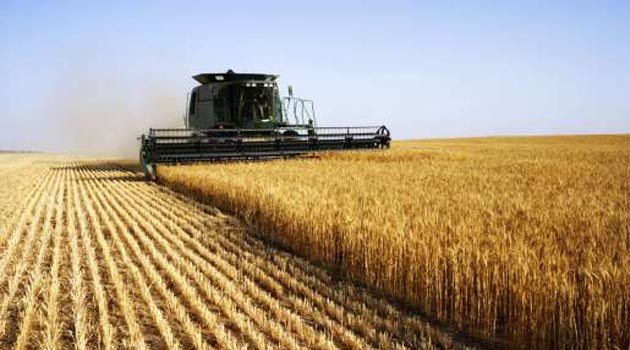Farmer’s Diary: Protect your crops smartly this season
The occupation of agriculture has a few obvious characteristics, such as instability and unpredictability. It is an intensive activity which has a high input cost, without a guaranteed return. Additionally, the outcome largely depends on factors such as weather, pest and disease, soil moisture, wind velocity etc., which a farmer has little control over.
Today, Indian farmers contribute nearly 17% to India’s Gross Domestic Product (GDP), making them the backbone of the country’s economy. Despite this, India’s crop yield is only 30% to 60% [1] of the best crop yields achievable in the farms of developed or developing countries. This is mainly due to the farmers’ inability to invest in high quality seeds, in technology, in mechanising farms due to the embedded volatility in the income from their crops and growing debts.
In order to protect them from various uncertainties, the government has introduced insurance schemes such as Pradhan Mantri Fasal Bima Yojana (PMFBY) and Restructured Weather-based crop insurance scheme. These schemes are aimed at benefitting the 120 million [2] farmer.
“In India, crop yield is solely dependent on monsoons, thus making irrigation facilities indispensable. However, out of 142 million hectares of net sown area only 45% area is under irrigation.” says Mr. Parag Gupta, Chief Underwriting Officer, Bharti AXA General Insurance. “If there is a delay in the monsoon season or rainfall is below normal, farmers face major losses. Farming as an occupation is risky and farmers in India are not equipped enough to mitigate risks such as drought, excess rainfall, pest infestation by themselves. They require a mechanism to transfer the risk to a third party that can cover them against these losses, if incurred.” he added.
The government has made this facility available in the form of different crop insurance schemes, driven directly by them. These schemes cover up to 90 percent of risks at a highly-subsidized rate for the benefit of the farmers. These premiums however depend on the type of crop insured and the location of cultivation. For instance, farmers growing food crops in the Kharif and Rabi seasons have to pay premium rates only up to 2% and 1.5% respectively under the government crop insurance schemes. For the annual and horticulture crops, farmers pay premium only up to 5% covering their maximum agriculture loss. Usually, food crops like cereals, millets and pulses, oilseeds, and annual commercial/ annual horticultural crops are covered as a part of the insurance plan.
“However, the penetration under these schemes was as low as 30%, which leaves a huge segment of farmers still un-insured.” Mr. Gupta further adds. Insurance companies along with state government and banks are actively spreading awareness about crop insurance and are also helping farmers to understand and manage their risks effectively.
Crop Insurance was conceived as an instrument of risk management in agriculture and as a measure to provide relief to the farmers whose crops have been damaged by one or the other factors. Government has regularly revisited the crop insurance programs with an aim to include the learning’s from the previous schemes and create more viable solutions for the farmers. One such solution is the launch of Pradhan Mantri Fasal Bima Yojana, that aims to provide a wholesome cover and secure a farmer’s efforts and cultivation. With lower premium rates for farmers, transparent claim assessment process and an increased and undivided focus, this policy is looking to rise penetration to an ambitious level of 50%.
Thus, having a crop insurance policy would help mitigate risks and ensure security of a farmers’ labour.
Sources:
[1] http://statisticstimes.com/economy/sectorwise-gdp-contribution-of-india.php
[2] http://www.hindustantimes.com/india/how-many-farmers-does-india-really-have/story-431phtct5O9xZSjEr6HODJ.html
[1] Labour in Indian Agriculture: A rowing challenge- A collaborative study by KPMG and FICCI (References taken from Introduction page, Agricultural workforce: An Overview page 11)
[2] Agriculture in India
[3] The Alternative.in – Revolutionizing Indian Agriculture
http://agri-insurance.gov.in/FaqLogin.aspx




Leave a Reply